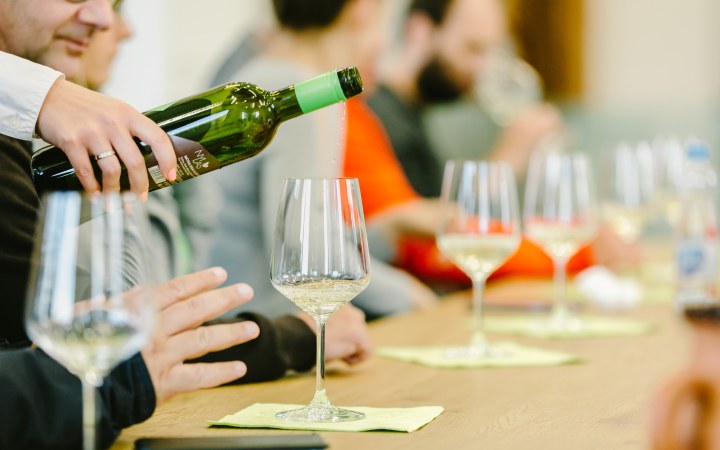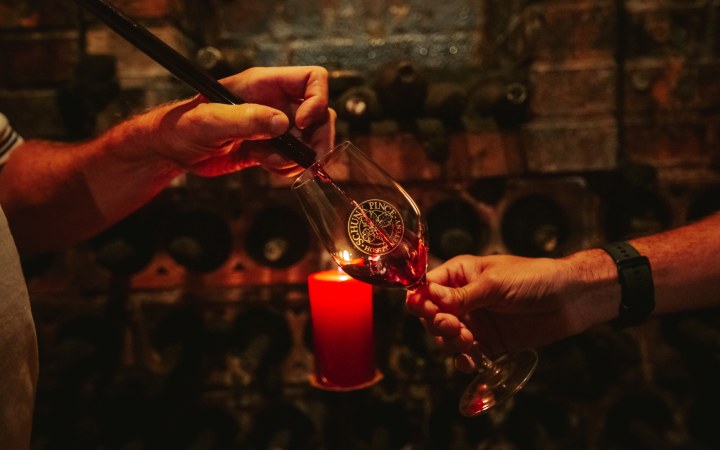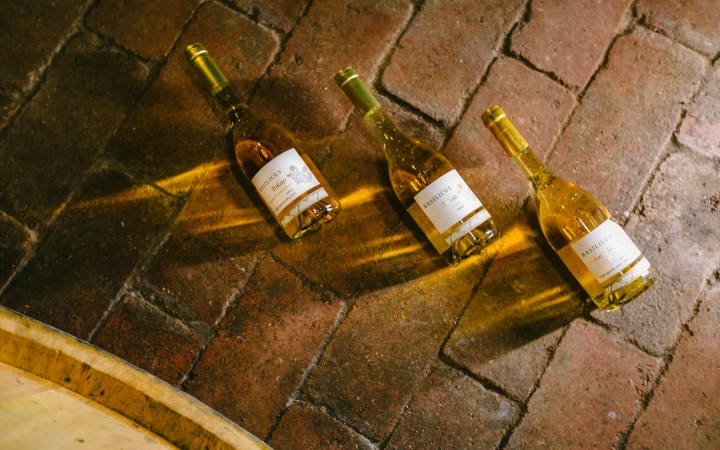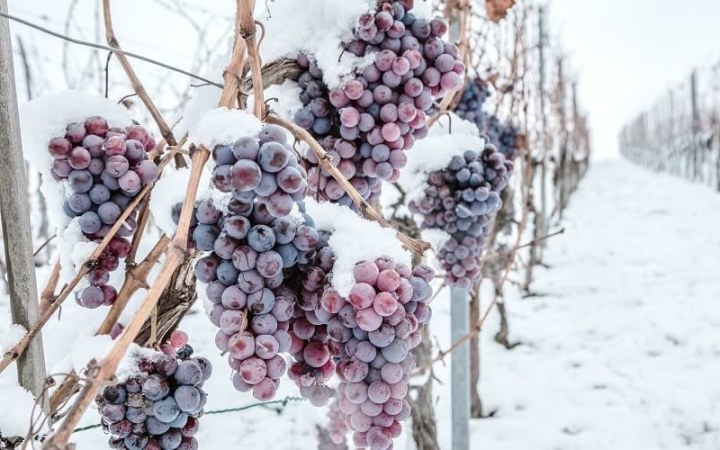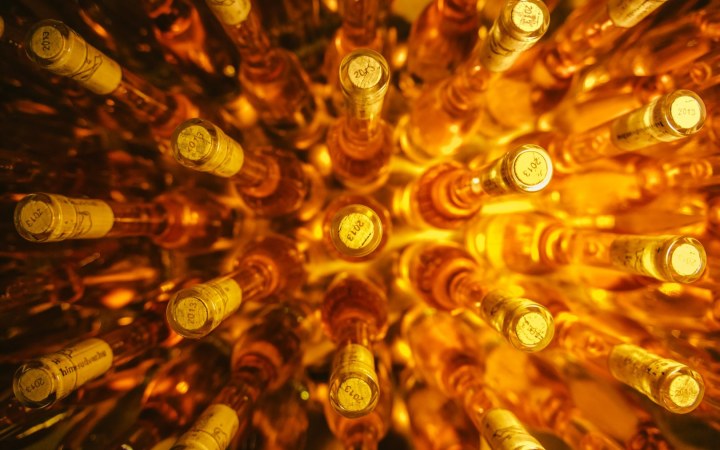During wine tasting, it's beneficial to first use our eyes to gather basic information about the wine. Initially, focus on determining the clarity of the wine: does the liquid contain floating or settled foreign matter, or is it clear or cloudy? The intensity of the color should not be overlooked either, as the wine can exhibit three different levels – pale, medium, or deep intensity. For white wines, options range from greenish lemon, lemon, gold, straw yellow, to amber. For rosé wines, pink, salmon, and onion skin intensities can be observed, while red wines may display shades of purple, ruby, and garnet.
Once we've determined the color intensity, check for the wine's "legs," which can indicate its body. This can be done by swirling the wine in the glass and observing if the liquid forms temple window-like streaks as it flows down the glass walls. If so, we can conclude that the wine is likely to be full-bodied and rich.
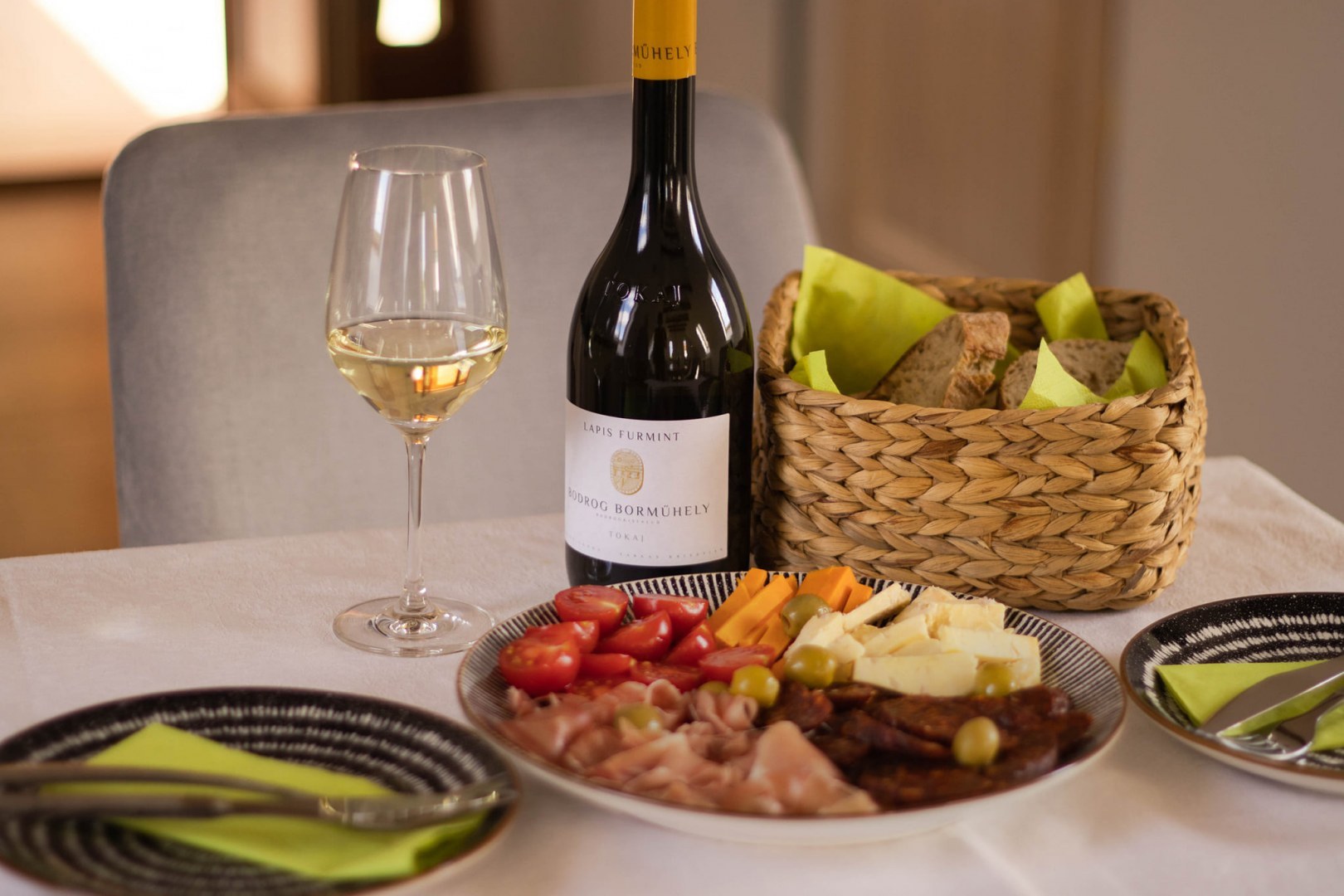
After examining the wine with our eyes, let's involve our nose for further investigation! Interestingly, our nose can transmit external stimuli to our brain the fastest, but it also tires quickly. Therefore, during wine tasting, it's important to be mindful of our smelling technique and take short, decisive sniffs. Three aspects come to the forefront regarding the wine's aroma: its cleanliness (which can be clean or flawed), intensity (subtle, medium, or pronounced), and maturity (young, developing, mature). Finally, it's crucial to remember that wine aromas can develop during three phases of winemaking, resulting in different characteristics. Primary aromas represent the grape's basic fruity properties. Secondary aromas come from the fermentation process, while tertiary aromas develop during aging.
Following the smelling phase, we can focus on the most enjoyable part of wine tasting: the tasting itself! Every person has a unique number of taste buds, which affects how we perceive and evaluate tastes. Therefore, it's important to consume wine at the right temperature, as this enhances its true flavor components. Keep in mind that light, medium-bodied white wines and Tokaji sweet wines should be consumed at 10-12°C, medium or full-bodied, barrel-aged white wines and light red wines at 12-14°C, other sweet wines and sparkling wines at 6-8°C, and medium and full-bodied red wines at 18°C.
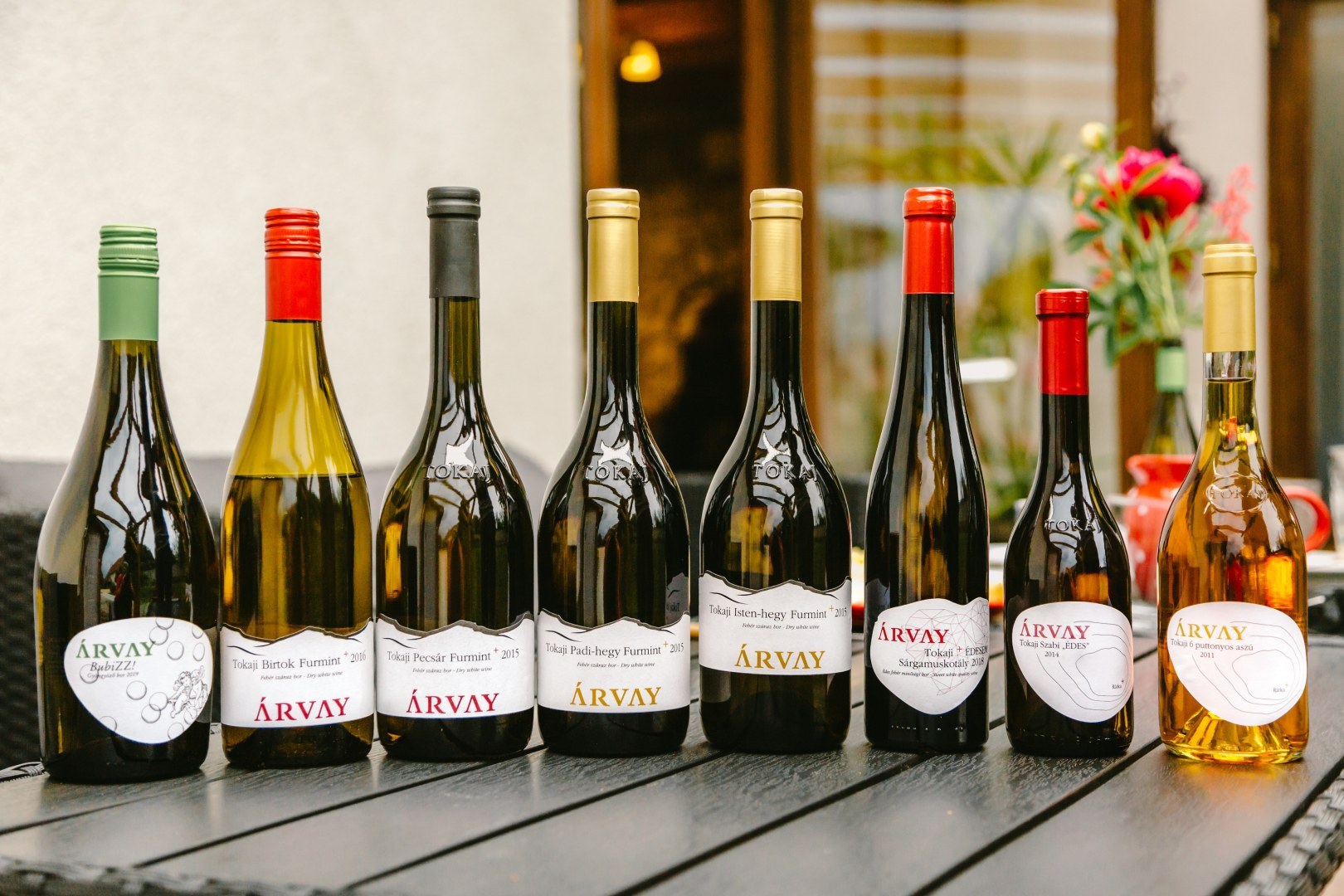
During tasting, pay attention to the wine's sugar content, which can make it dry, off-dry, semi-sweet, or sweet. Don't overlook the wine's acidity (low, medium, high) and alcohol content (low, medium, high), as these are also crucial indicators of the wine's flavor. Especially with red wines, it's worth examining the wine's tannin content, which can be low, medium, or high. Tannin, a prominent polyphenolic compound, primarily comes from grape skins and seeds. It creates a puckering sensation in the mouth, often producing a tart taste. Then focus on the wine's body (light, medium, full) and aftertaste (short, medium, long). After tasting the wine, the phase of flavor finish follows, revealing the wine's true aromatic structure.
However, it's important to keep in mind that we should be open to new experiences when it comes to wine tasting! A wine tasting is an excellent opportunity for experimentation, allowing us to study a winery's craftsmanship step by step, immerse ourselves in its offerings, and possibly discover new favorites.

